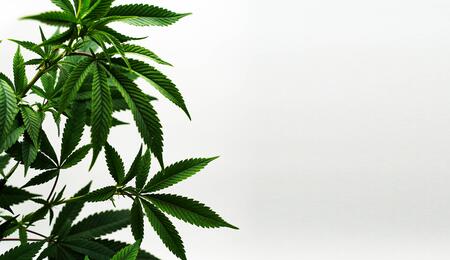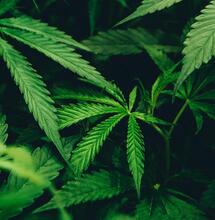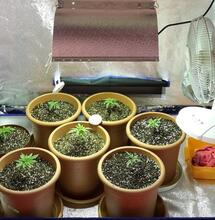Your Lighting Options

One of the first problems you’ll encounter while planning your future grow op is simple lighting needs. There are about 4 lighting options. Each has its own pros and cons and each will do the job to varying levels of success. Simply put, the more light the better. Marijuana is a weed and grows as such. It is originally a tropical plant growing in high heat, high moisture environments with lots of sunshine. If you can provide an environment like this, your success is given a huge push in the right direction.
The first flavor of lighting we’ll explore is fluorescent lighting. They give off a soft white color with very little heat. You would normally use fluorescent lighting to sprout seedlings or root clones. The standard size is a four foot bulb, but you can find two foot long bulbs at your local hydroponics store. You might also want to try a fluorescent bulb that has been tailored to horticulture.
The bulb emits a soft light with lots of orange to it, which is just what seedlings or clones need to grow well. After 5 to 7 days under the fluorescent lights you’ll want to relocate your fledgling crop to the main growing area that the plant will inhabit for the rest of its life. There are 3 lighting options for the foliage growth stage. The first and most used is the metal halide lamp. A 1000 watt lamp is ideal for the resource hungry foliage growth stage. The light is intense and has a blue tinge to it.
This mimics the afternoon sun in a tropical area. Your plants will grow very well under a metal halide lamp. The second oft-used flavor of lighting is the high pressure sodium lamp. This lamp actually puts out about 1500 lumens more light than does the metal halide, but with a noticeably orange hue to it. A lumen is a measure of light intensity. You can raise an entire crop under a high pressure sodium lamp, but it is best used for the flowering and budding stage of growth.
Use a metal halide bulb for the foliage growth period and a high pressure sodium for the budding stage. The change of light color from blue-white to orange mimics the waning sun of autumn. Your buds will love it. The next lighting options are a variation of the same theme: they’re both LED lights. They are the COB and SMD LED. The first we’ll examine is the SMD LED. SMD LEDs have been around for decades. It is only in the more recent years that they’ve become economically feasible. They now are able to put out a very intense amount of light. The main difference between an SMD and COB LED is the fact that SMDs can change color. COB LEDs are limited to one very intense shade of white light.



